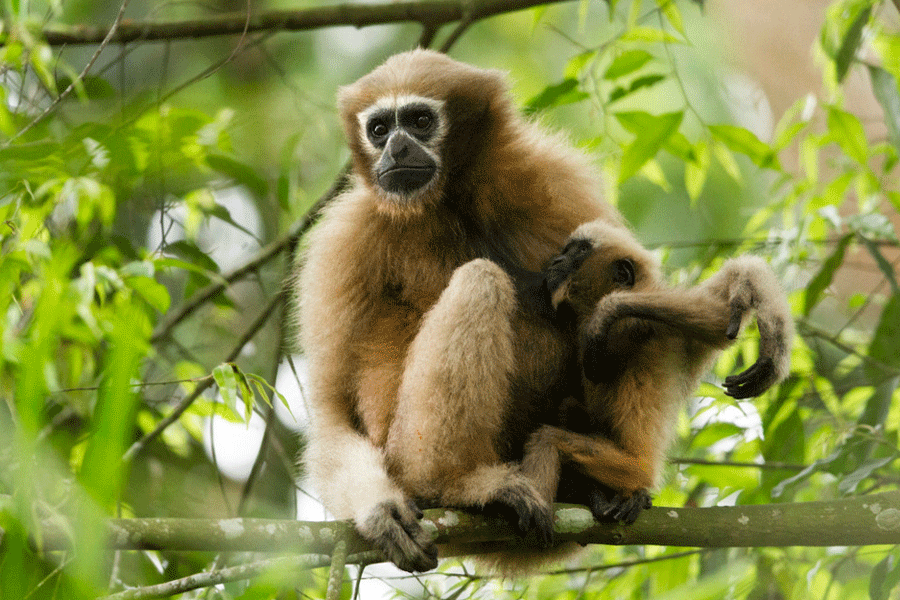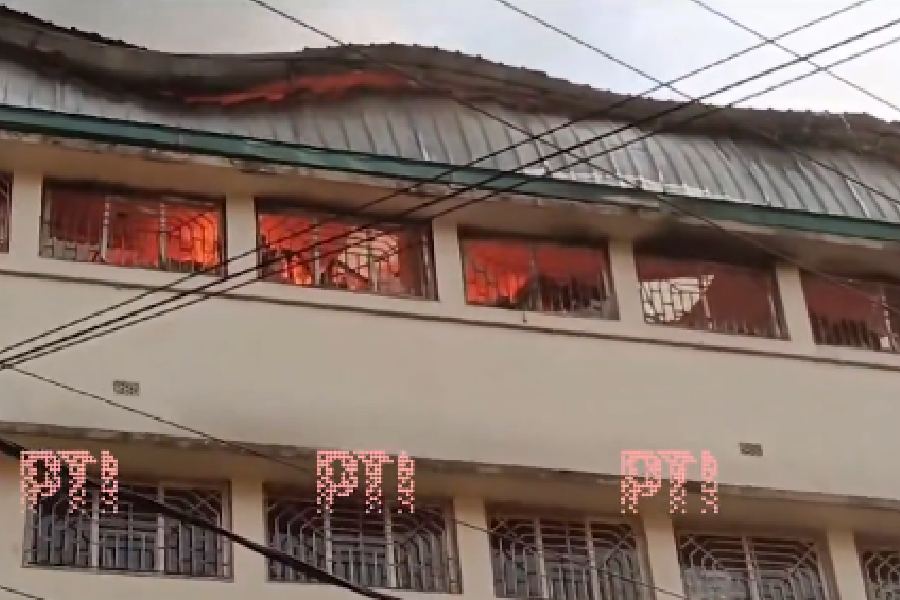Two tribal communities involved in the conservation of the endangered Western Hoolock Gibbon in Meghalaya have got a shot in the arm with a local coffee and chocolate producer announcing to support their cause.
The Western Hoolock Gibbon is called Huro by the Garo community while people in eastern Khasi-Jaintia Hills call it Huleng.
Dasumarlin Majaw, the proprietor of Smoky Falls Coffee, told PTI that their firm will help in the conservation of the endangered ape found in the forests of the state.
“We are officially launching the conservation initiative at the World Coffee Conference and Expo, a world-class event for coffee and coffee producers, in Bengaluru on Tuesday. We are excited to be working on something new,” she said.
The collaboration for the conservation project was initiated by Sauramangala Foundation founder Nagakarthik, whose concept of combining Meghalaya’s finest coffee/cocoa and conservation efforts of the endangered ape will stand to benefit both parties, she said.
Majaw said she could not relate to it at first until she paid a visit to the Huro Foundation project in Garo Hills last month that felt strongly for the apes.
The Huros are found in several forests of Garo Hills and there are a few of them at the Sonja Wildlife Rescue Centre, where they were brought after rescuing them from people who had held the apes as captive pets.
The Garo Hills Autonomous District Council also formally identified a village wildlife reserve in Selbalgre village, about 20 km from Tura in West Garo Hills district, which is considered as a habitat for the Huros.
Around 300 km east of Sebalgre, communities in Hima Malai Sohmat (Malai Sohmat chieftainship) in East Khasi Hills district are also working on the conservation of the Hulengs (local name for Hoolock Gibbons).
Malai Sohmat dorbar had in 2019 banned hunting and killing of Hulengs in the community forests in about five villages.
Since then, these communities have been trying to find ways not to cut trees and instead find alternative livelihoods through eco-tourism and other means, Tyngshain Dewkhaid, a schoolteacher at Phlangwanbroi village, said.
He said the extremely shy animals may not be visible, but visitors can hear their calls early in the morning.
“If we pay enough attention, the songs and calls of the Hulengs can be heard in a distant forest. It is pleasing to hear them making noises as it means that there is a sizable population of them in our forests,” he said.
Last year, a cycling competition was held at his village to highlight the conservation initiatives for Hulengs. Shillong-based Ian and Gary, who organised the competition, said it was a success and cyclists from the capital and other parts of the state participated.










